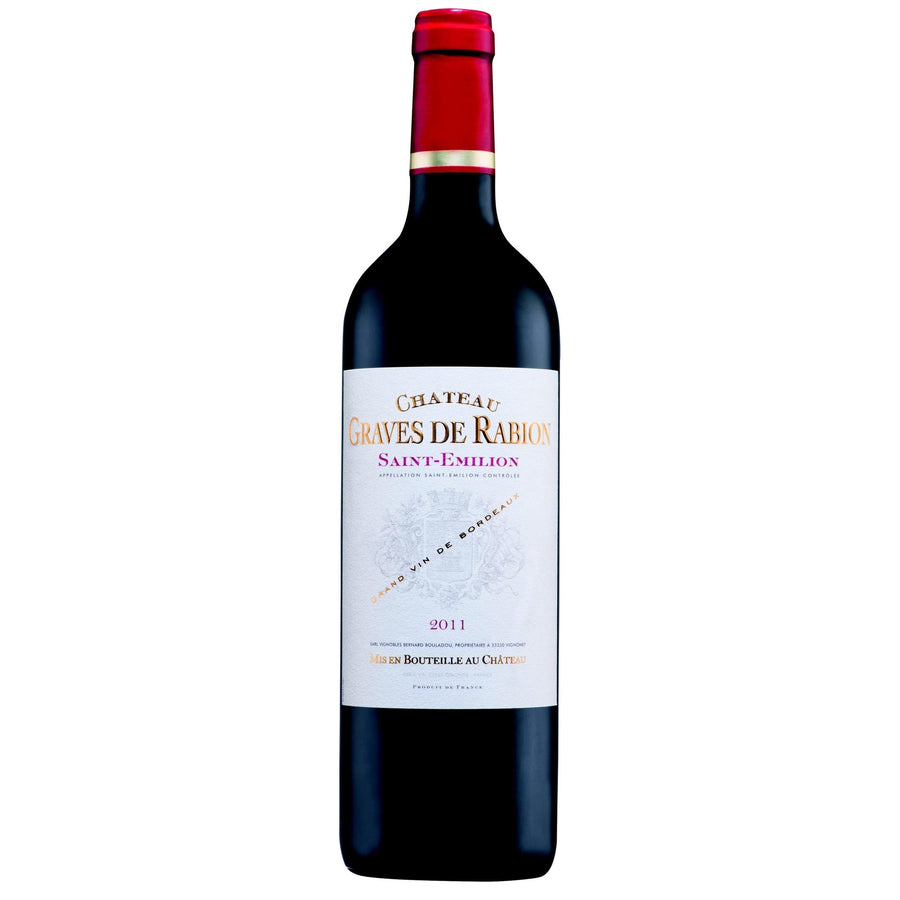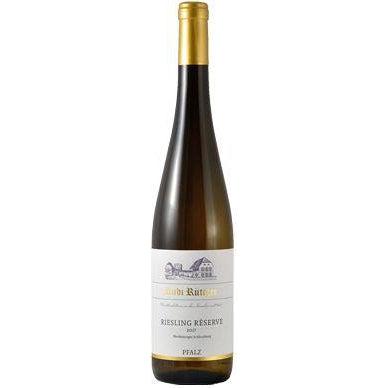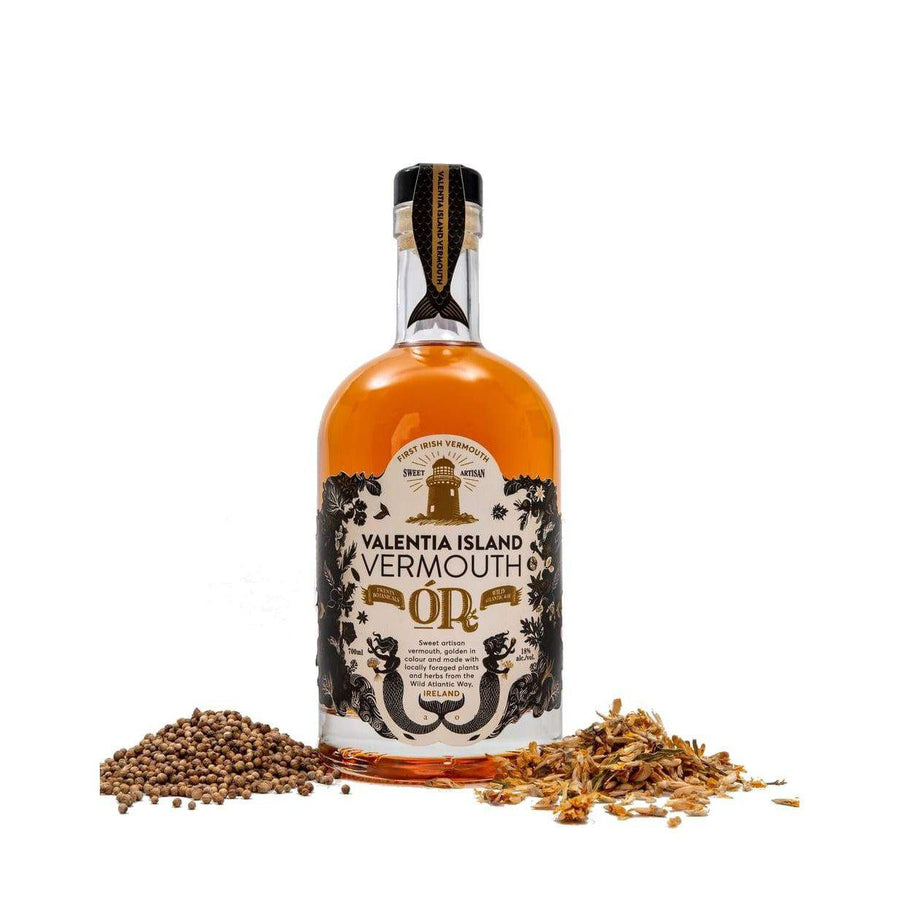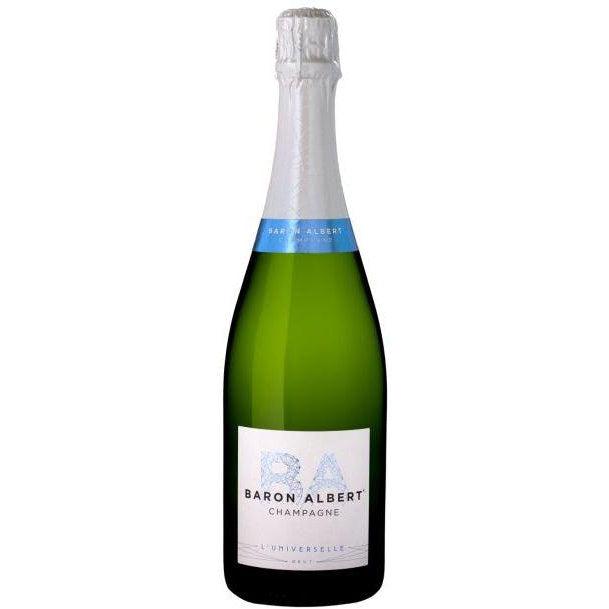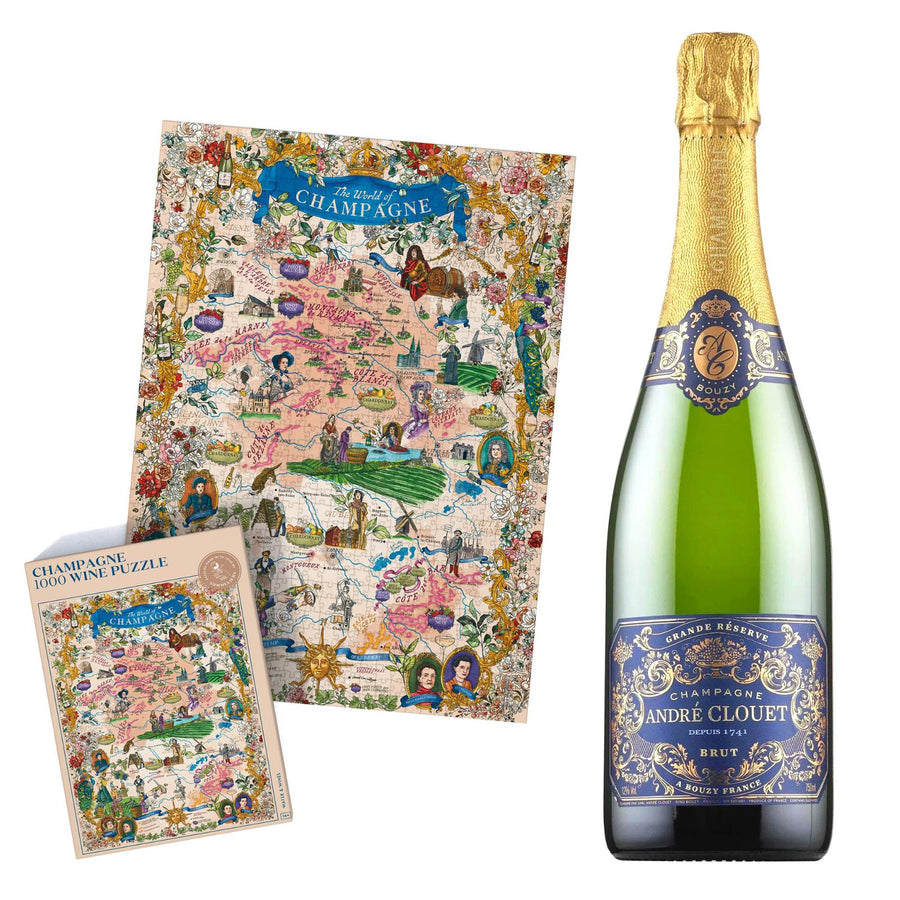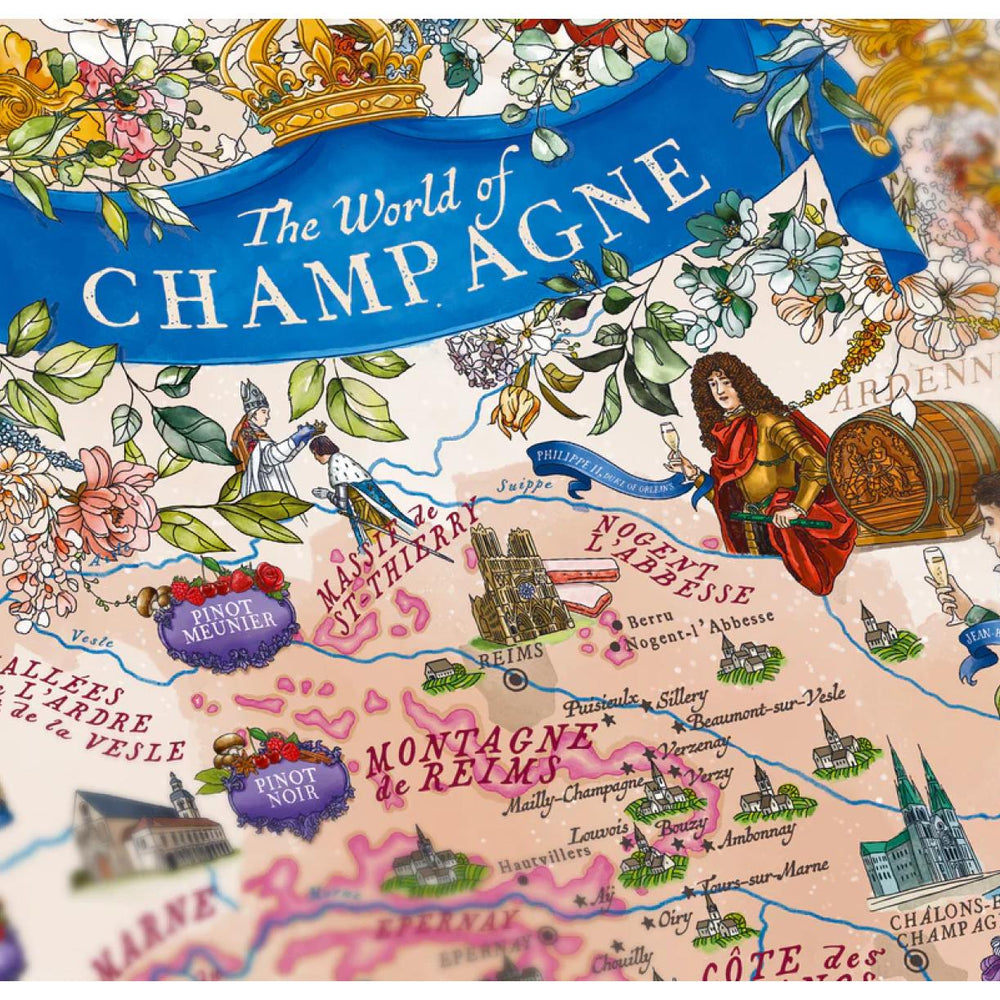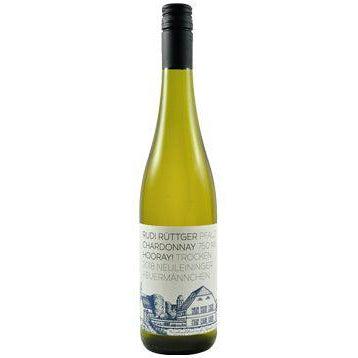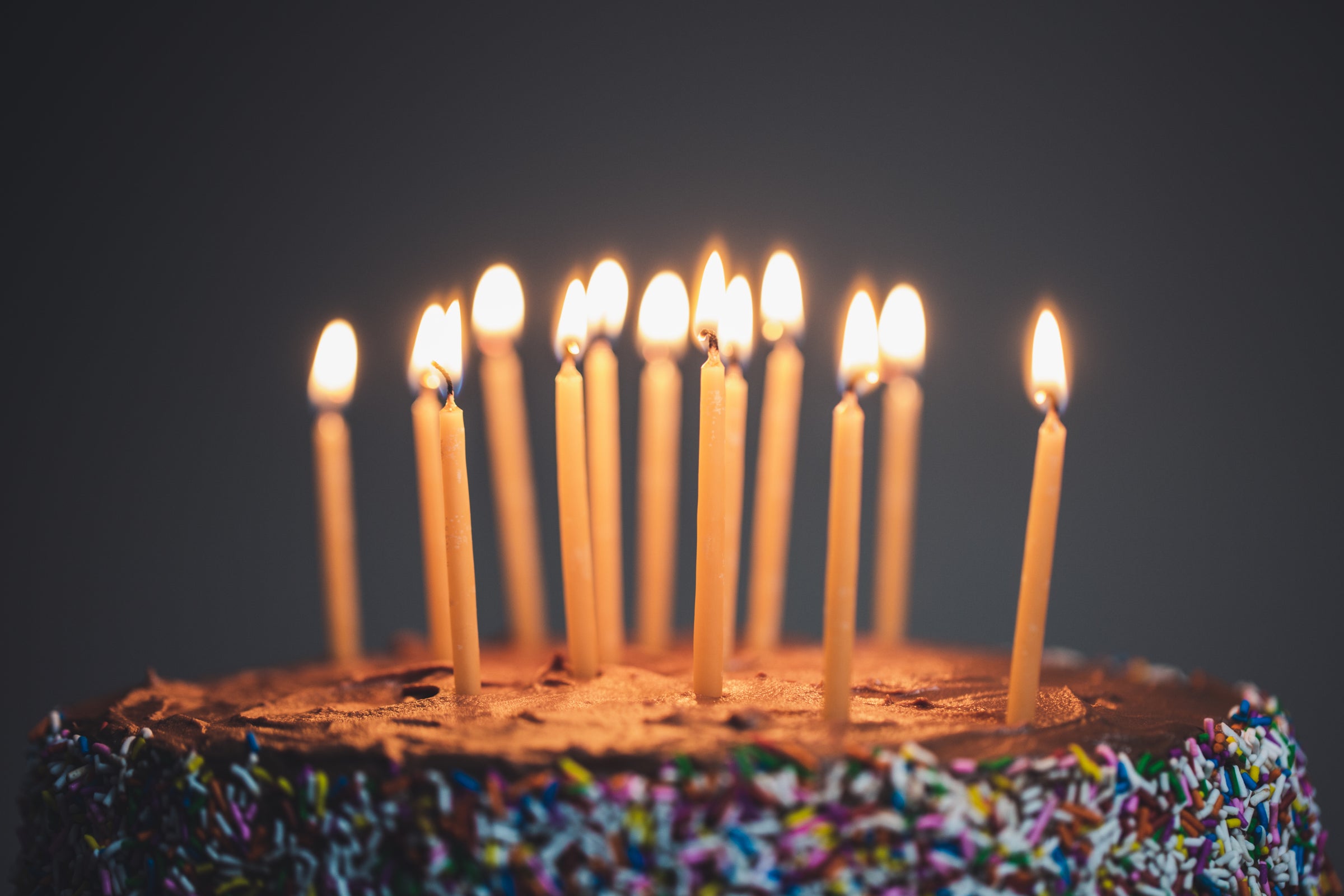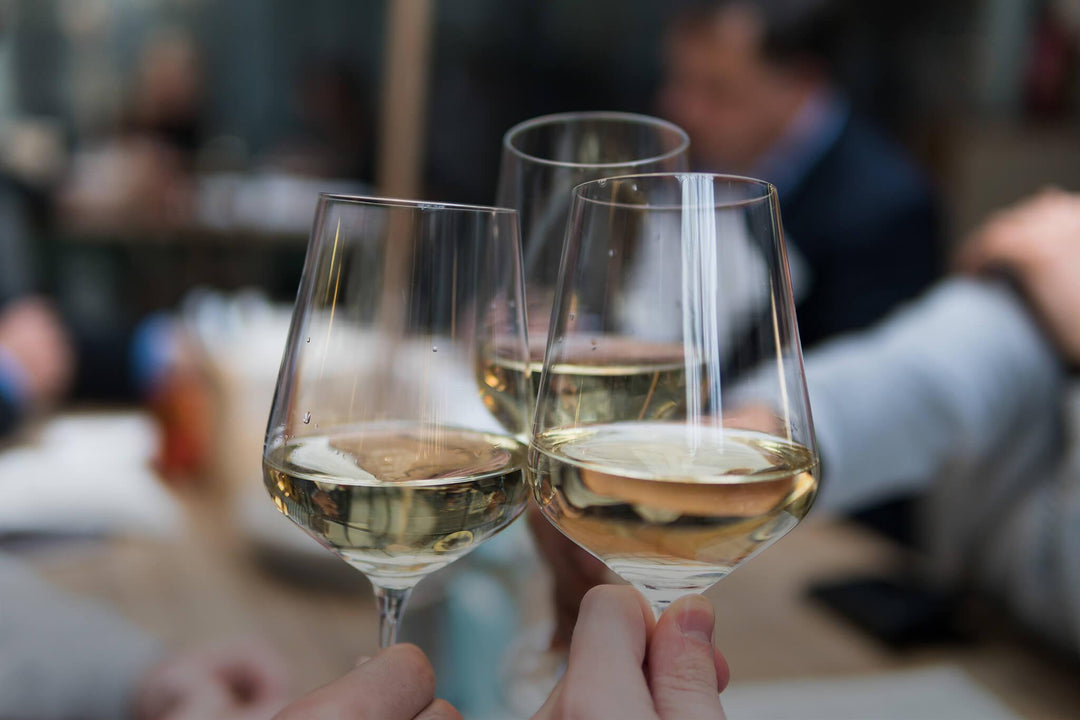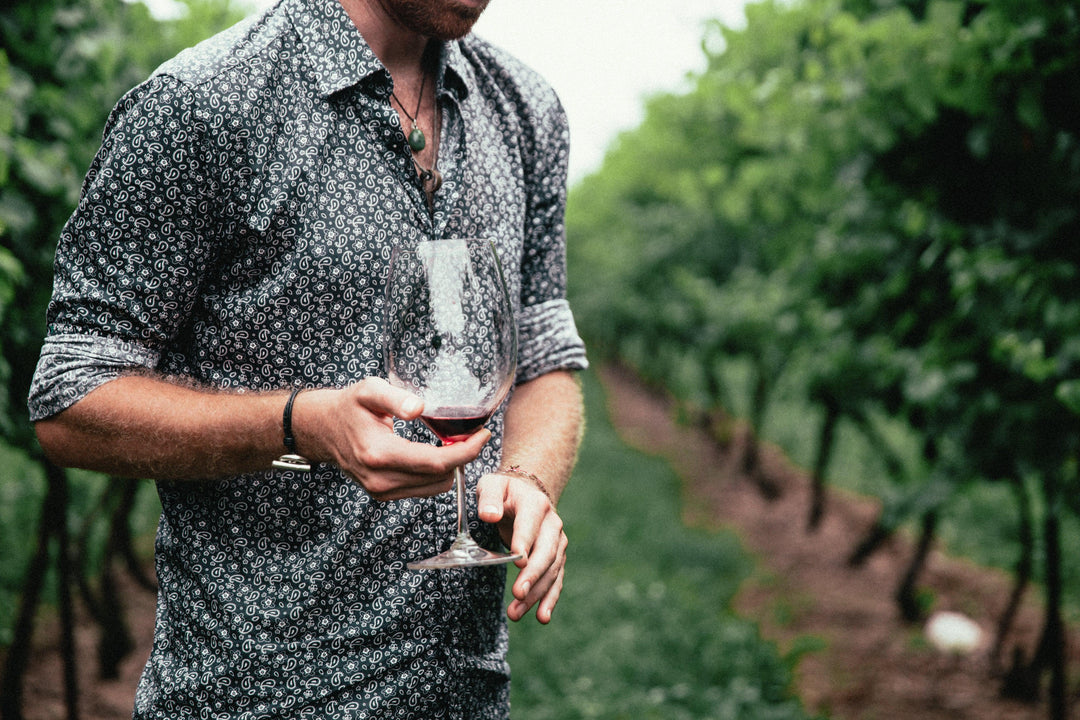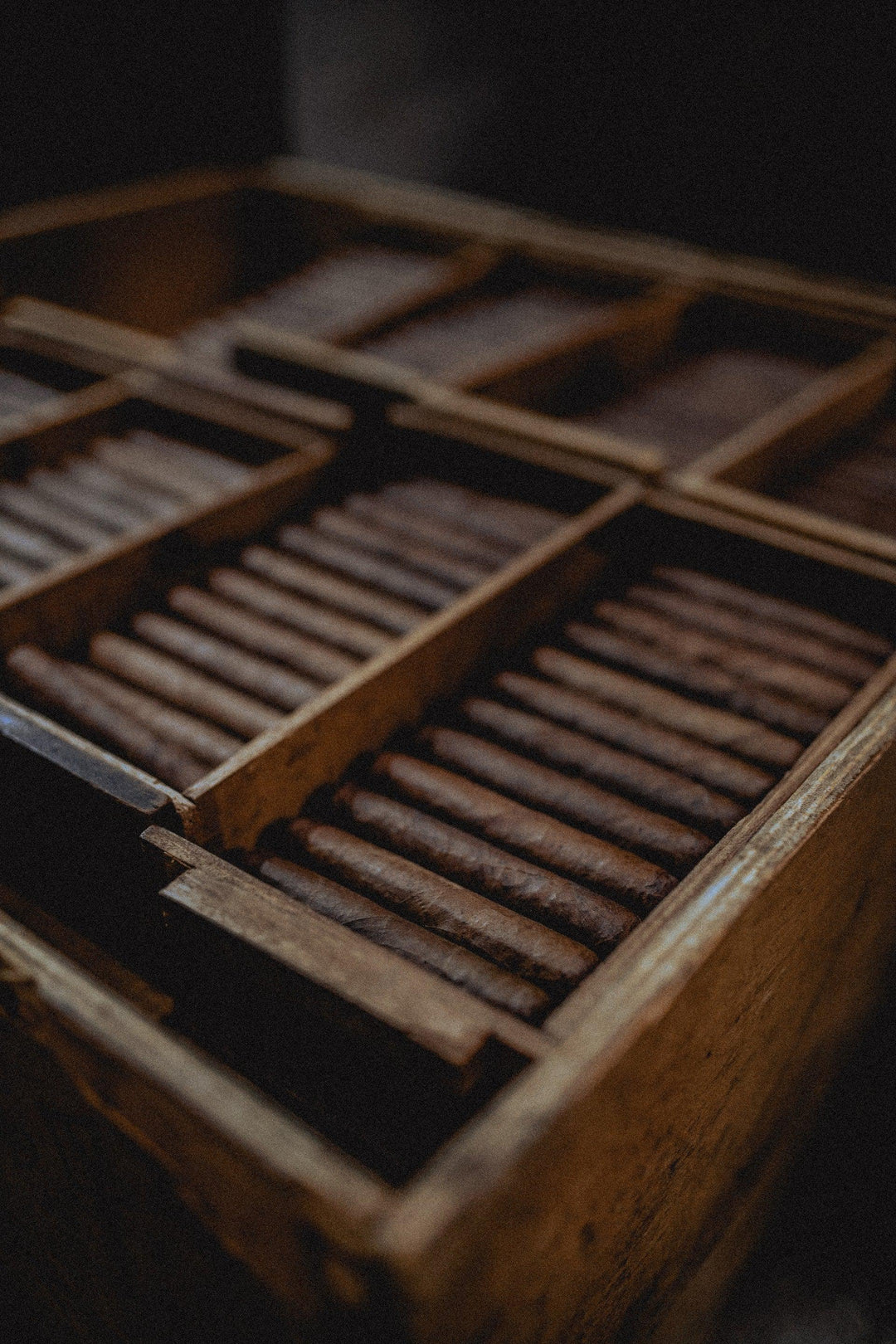Spiffing mulleins
No question there's too much writing going on, but if it sheds some light on what we do and makes the whole business of wine more approachable in some way, so much the better. The title of the post today refers to the wild verbascums that are in full bloom here and there on the road north from Cork. Their yellow flowers stand out for a few weeks against the more or less 'sclusively greenish-fulvous-tawny verges, and cheer a chap up amidst the general sourness of driving. Not unlike the sight of a favourite bottle reminding you to count your blessings.

We're currently trying to help our Chilean suppliers decide what bottle to put their Sauvignon in from now on - they feel the need for a change, apparently. We didn't think either possibility - the straight Bordeaux bottle or the curvier Rhône one - was especially Sauvignonny, or not, in itself, so the discussion came down to practicalities like shelf sizes and so on. Ditto for the colour of the glass. But some wines do have more or less explicable affinities with certain bottle shapes, and perhaps colours, too. Flute bottles, for instance, are still hard to sell, not just because they're too tall for many retailers' shelves, but because they remind people of bad hock they drank thirty years ago; never mind that it might be a Spanish rosé inside.
What gives a bottle of wine its personality before it is opened, what its appearance says about it, is something we have to try to divine every time new samples arrive, because even if the wine is fabulous, or the opposite, looks count for a very great deal and there's no easy way of analysing exactly what effect they'll have on the customer. Anyone read a good book on semiotics in the wine industry lately? Must I do everything myself?


